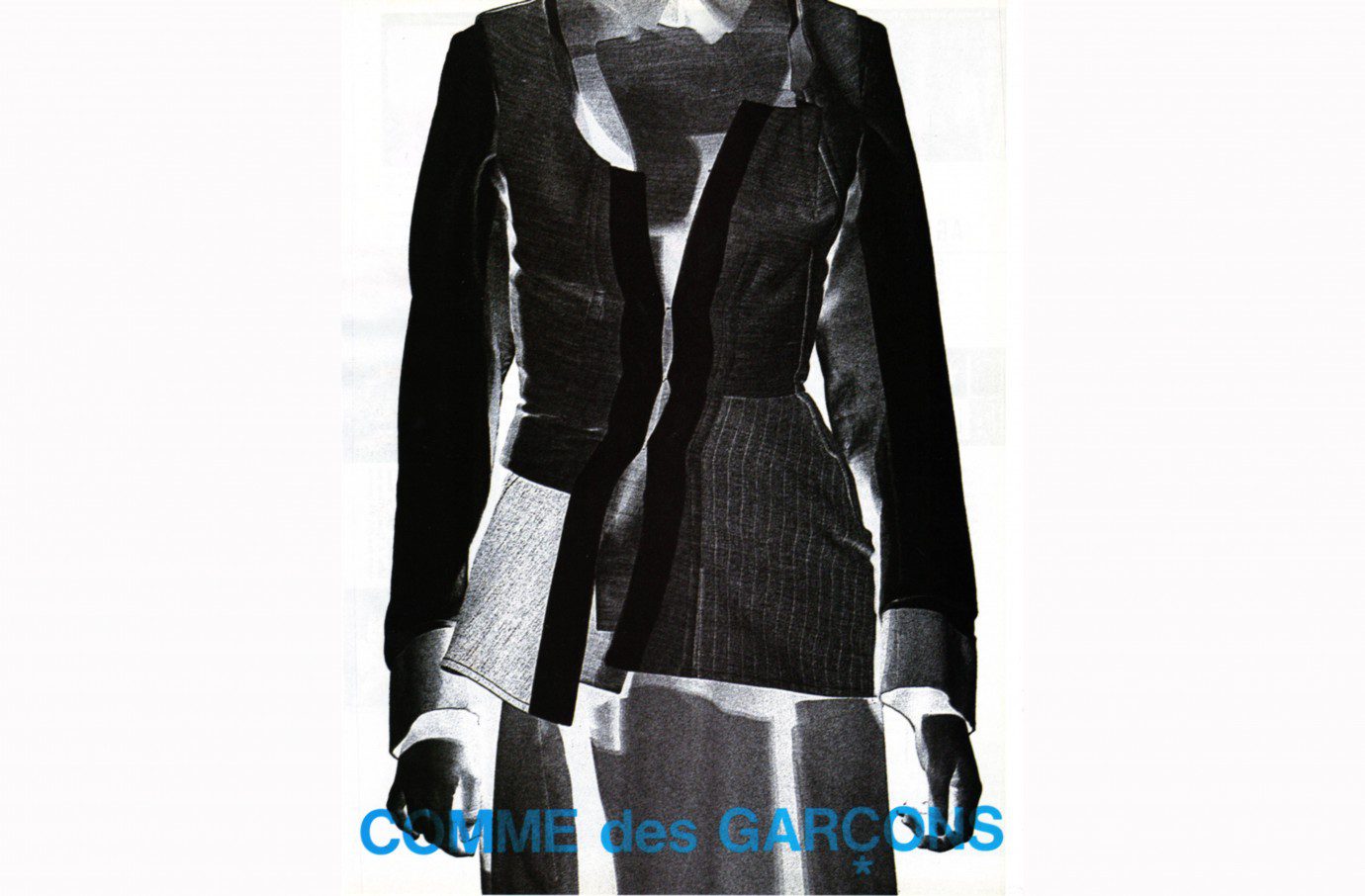The widows could only wear lighter coloured attire, such as grey, white, or mauve, after the ‘socially acceptable’ two-year period, which was also referred to as ‘half-mourning’ or ‘slighting the mourning’.
Victorian society is notorious for its adamant and unforgiving etiquettes, norms, and traditions. Death was not an exception. In her article, Stephanie Tomasi elaborates the sartorial etiquette for mourning: “An appropriate dress for the occasion would be widow’s weeds, an ensemble of a black dress, veil, and bonnet which the widow had to wear for two years to be socially acceptable. Widows could wear only fabrics that lacked color and luster.” The requirement of having to wear colourless fabric explains why all mourning dresses and garments were black. This tradition continued into the modern-day, as it is still common practice to wear black or monotonous shades when attending a funeral. Women in mourning could not wear velvet, satin, lace, or fur. The ‘black crepe’ was the only appropriate material. Crepe was heavy, flat, unyielding, and lacklustre, restricting the bodily movements of the wearer. The widows could only wear lighter coloured attire, such as grey, white, or mauve, after the ‘socially acceptable’ two-year period, which was also referred to as ‘half-mourning’ or ‘slighting the mourning’.















